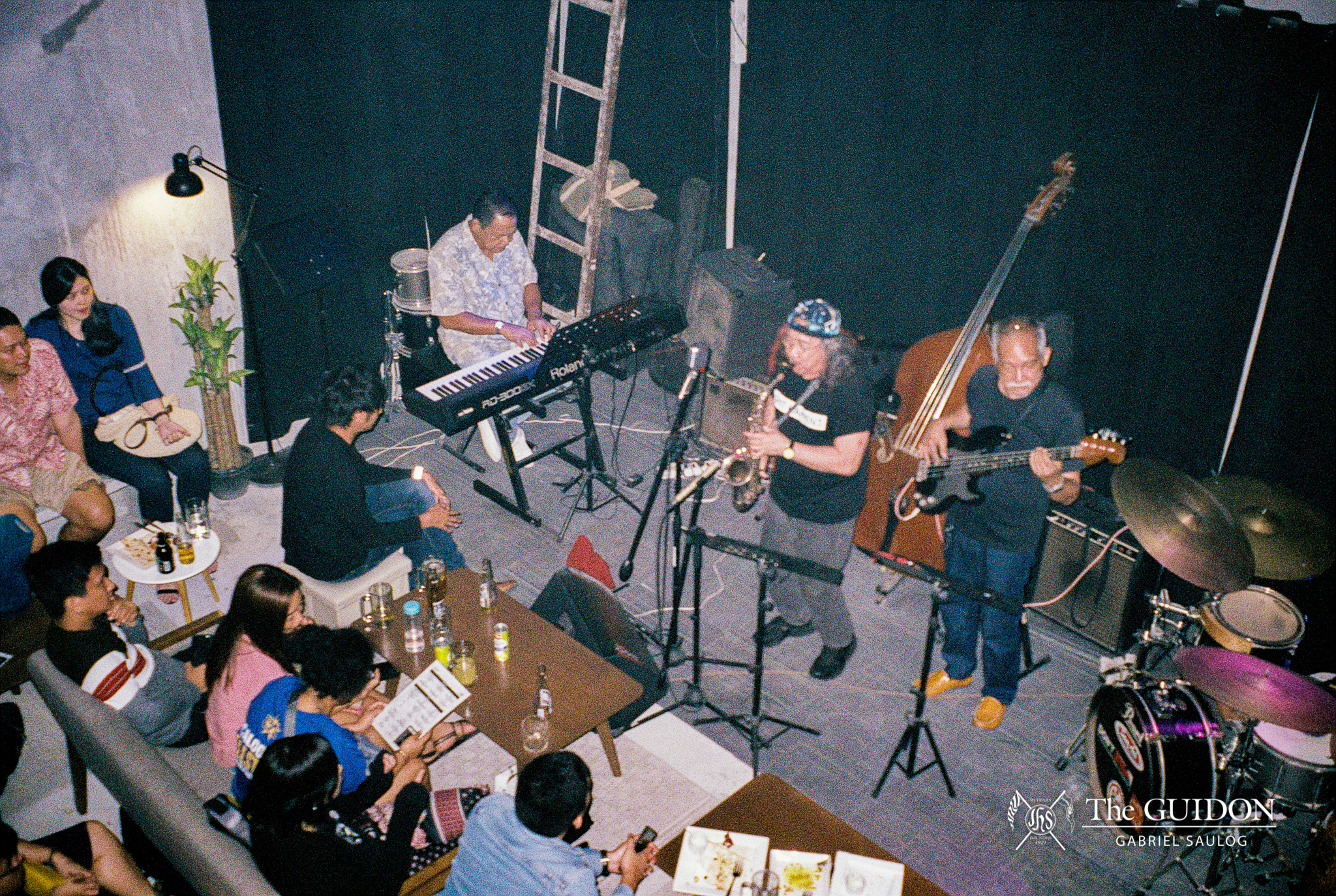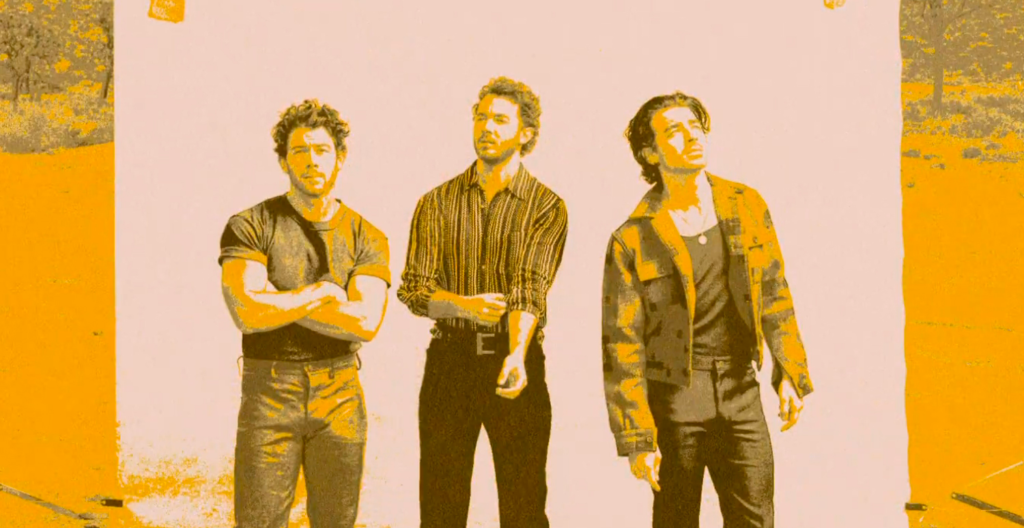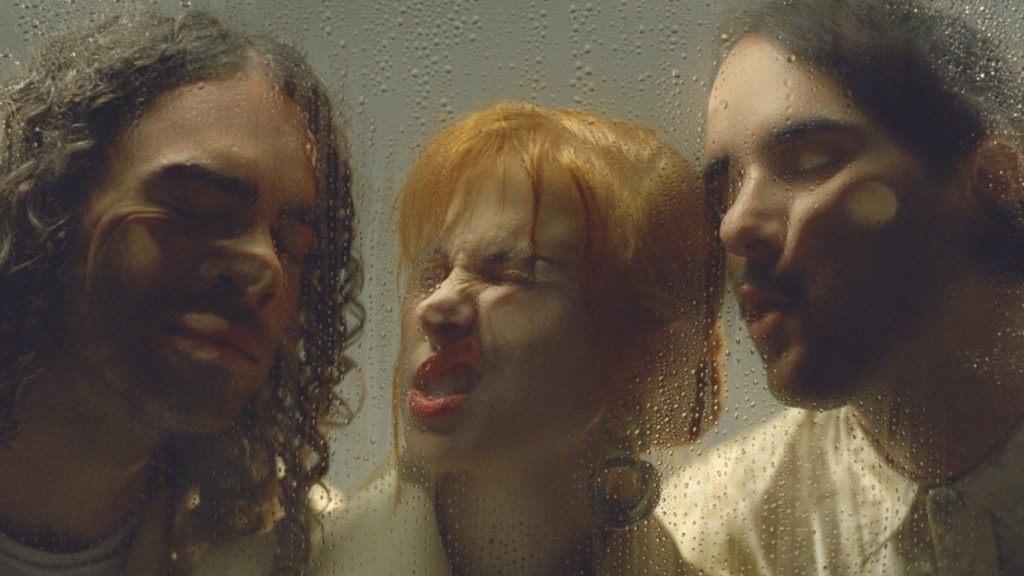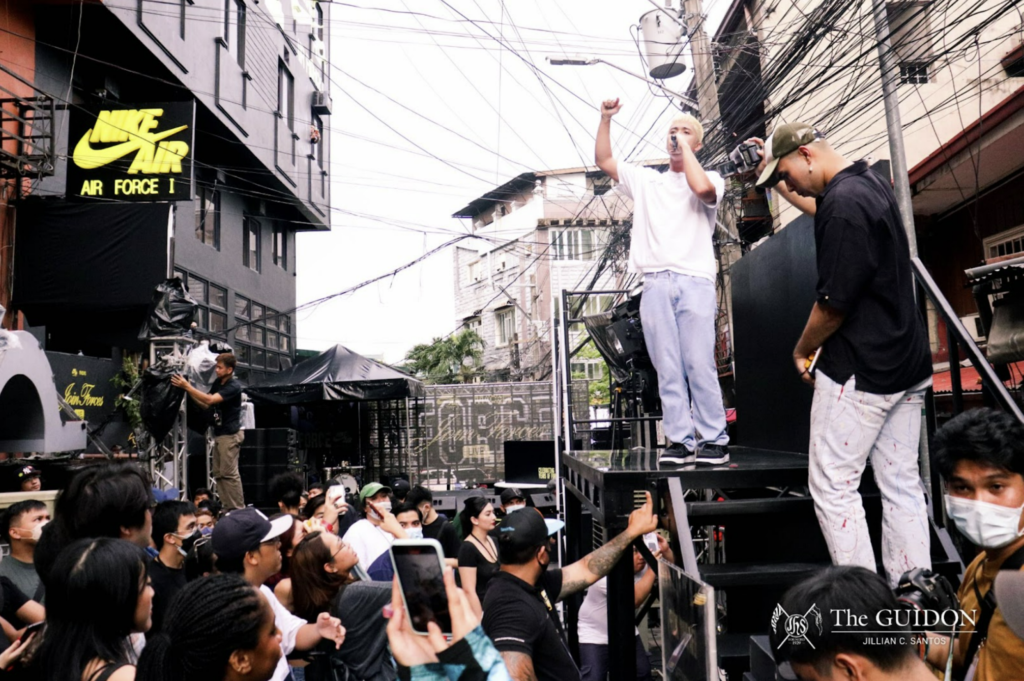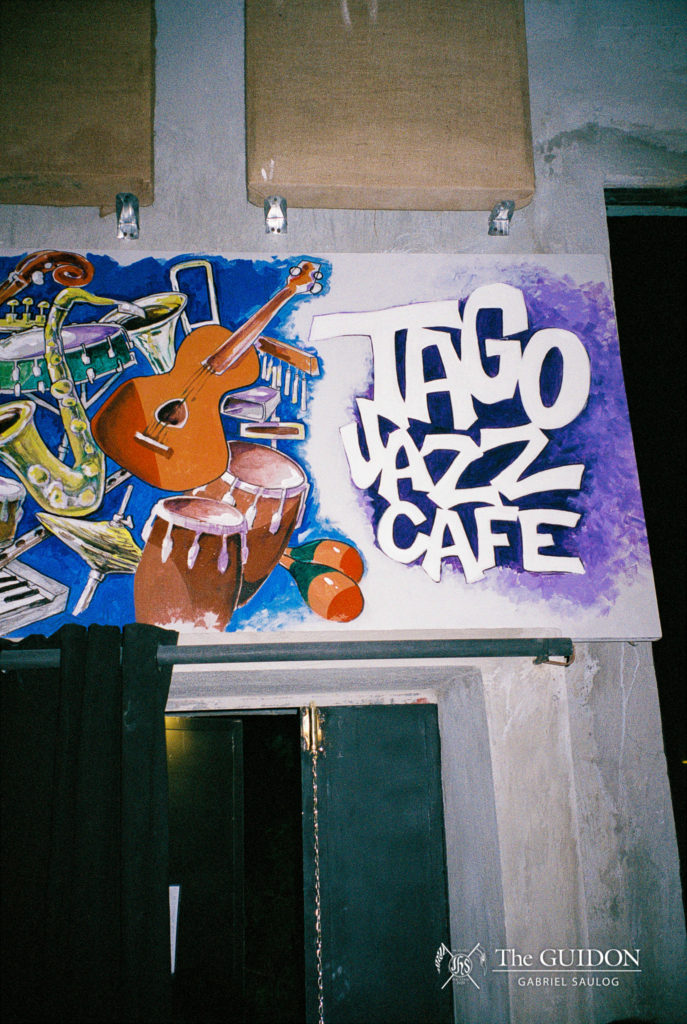
It wasn’t long ago when Tago was quite literally a home for jazz in the Philippines. Back in 2011, Tago was little more than just a room in a house tucked within a dimly-lit neighborhood in the Cubao area. On a busy night, the cafe could accommodate 50 people at most, most of them standing due to a lack of seats and space. Despite the cramped space, it didn’t stop avid jazz fans from flocking the venue night in and night out to catch a glimpse of the artform at its purest. Jazz, as a genre, may be way past its golden years during the first half of the 20th century, but Tago continued to thrive because of its unique position as Manila’s sole haven for the jazz purist.
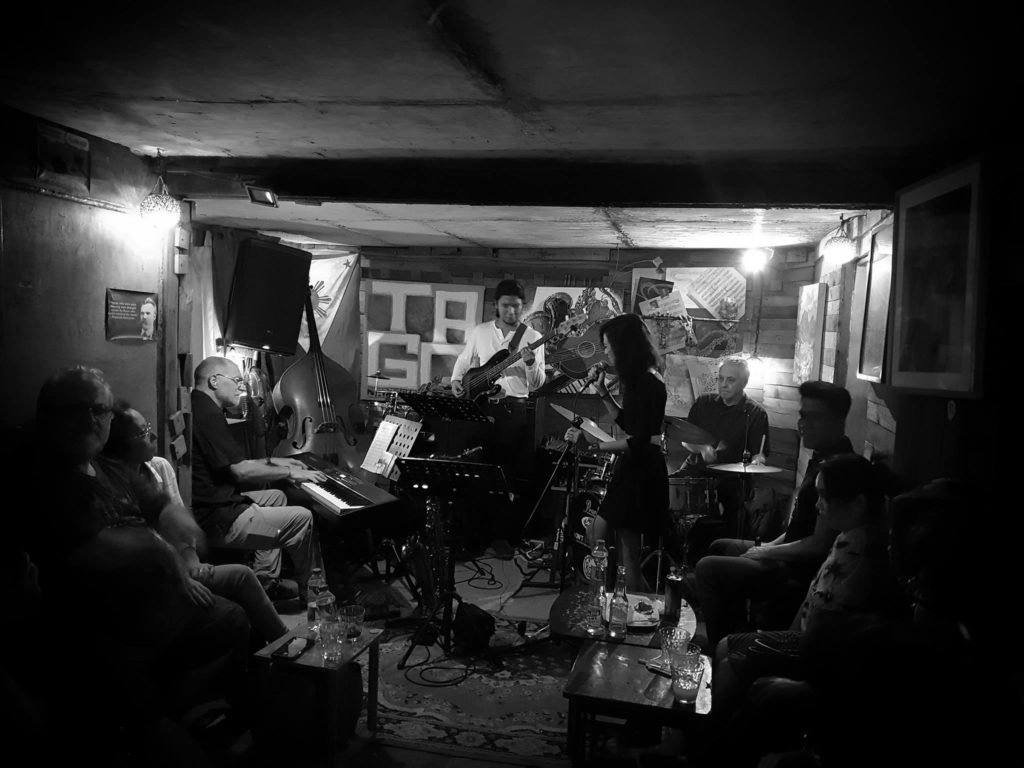
A need for change
With all the cafe’s success, Tago’s eight years of operation have worn down the already dilapidated house it resided in. At the age of more than 50 years old, the structure of the former Tago house was literally falling apart. Though the initial plan was to conduct a simple renovation, this turned into a challenge to rebuild the entire place from the ground up.
Owner Nelson Gonzales saw this as an opportunity to enact his ideal vision of what the space can be: “I can say that the main contribution that Tago has on the Philippine jazz community would be the space. A space where these artists can hone and actually execute what they’ve been practicing all these years.”
However, the need for major changes also came with a hefty price. “It’s financially crazy honestly. I’m probably the only crazy fool willing to risk everything for jazz,” Gonzales jokes.
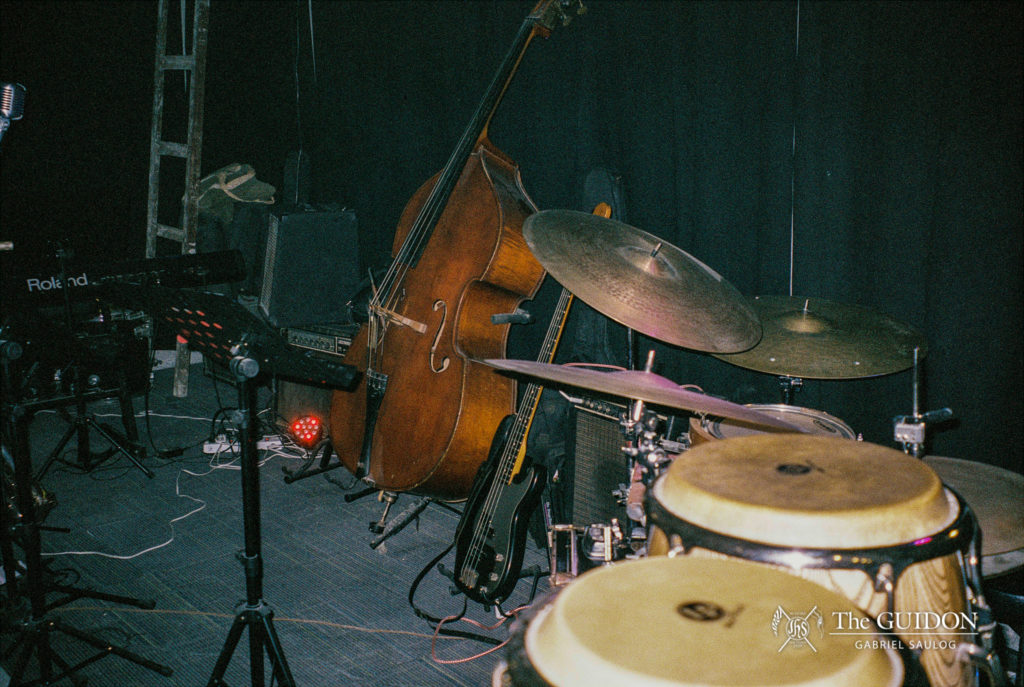
Gonzales’ drive to keep Tago up and running comes from his own immense passion and dedication to the artform of jazz. He wanted to focus on creating a home for jazz in the Philippines similar to areas found in countries like Japan, New York, and San Francisco where jazz music is very prominent.
“For the longest time in the Philippines, jazz hasn’t been more accessible. Very few people get to appreciate and play such music,” he says. He aims to promote jazz to a larger crowd by incorporating it with Philippine culture and talents. In doing so, he hopes that all these efforts will pay off and help expose more people to jazz music, to inspire or give audiences a deeper appreciation for its artform.
Despite all of the renovation’s challenges, Gonzales keeps himself optimistic while running Tago and continues to do so wholeheartedly. “With every blood droplet that I cried, it’s all worth it. Nobody else wants to do it, so I’ll do it,” he says. Along with the assistance of fundraising events and a supportive community, the birth of the new Tago soon came to fruition.
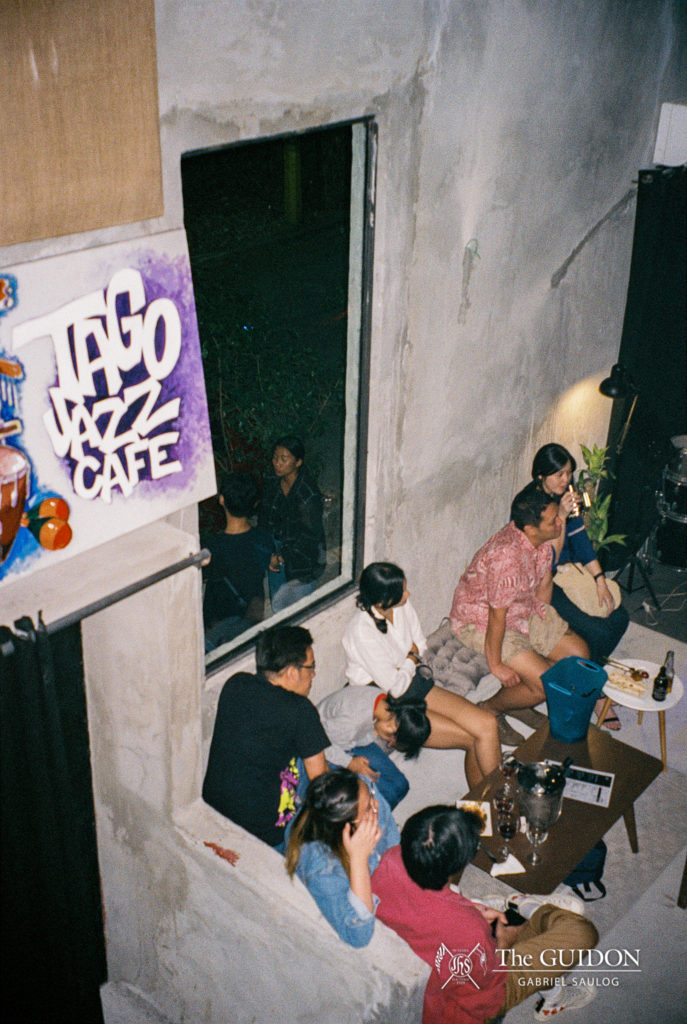
Tago reborn
After months of renovation, Tago finally reopened its doors right on the 21st of December 2019. What started out in 2011 as a room had sprouted into a two-floor complex that can easily house triple its original capacity. The larger space allowed Gonzales to be creative with the cafe’s design. Its architecture appears largely improvised, utilizing concrete, steel, and wood to create a coarse, yet chic aesthetic. The industrial and rugged vibe of the venue, whether it be by design or necessity, harks back to Tago’s humble beginnings as a hole-in-the-wall, reaching out to the genre’s origins in the old saloons in New Orleans.
When the clock hits 10:00 PM, all eyes are at the heart of the cafe where there lies the new stage area which musicians can occupy. Prior to the renovation, the musicians played in an area no larger than a few square meters, with barely any space to fit the instruments and amplifiers. Now, each player has room to breathe and maneuver, and their individual sounds ring with clarity.
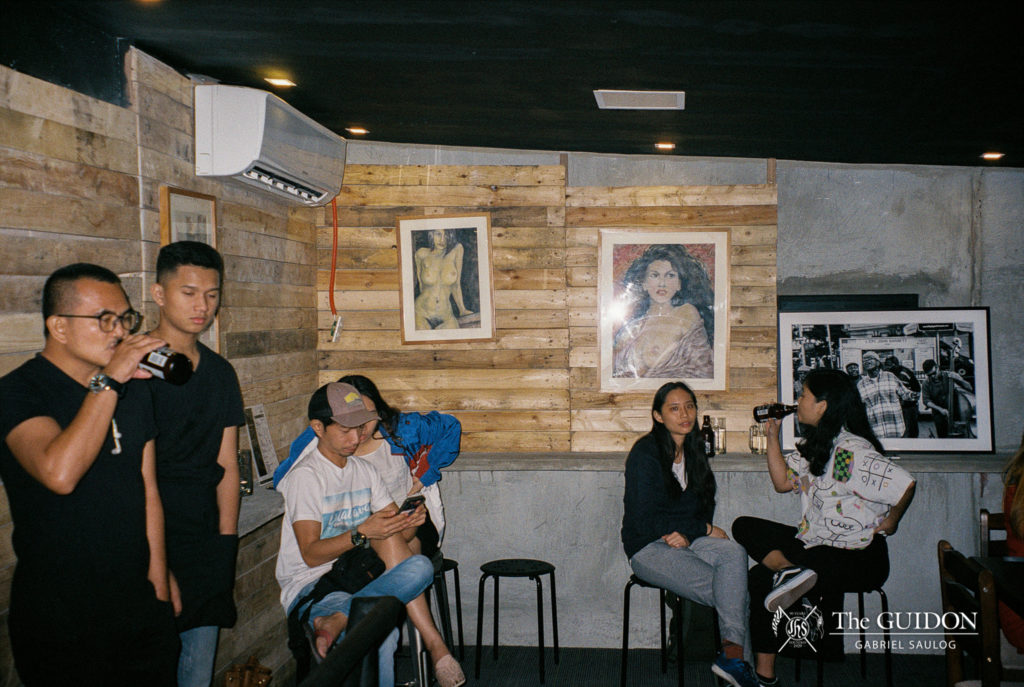
A new audience
In reopening its doors to the public, the new Tago not only welcomed back its regular clientele, but it also opened it’s space to embrace a much larger audience. With its expanded size, the area can now serve more visitors. As Gonzales himself put it, “People from all walks of life are welcome here. Locals, musicians, journalists, everybody. Like professionals, and sometimes we have foreigners. Sometimes mas marami pa foreigners eh. But everyone comes here, everyone is welcome here.”
The reborn Tago is poised to become the primary hearth of jazz music in the Philippines. Not only is it a safe space for artists to hone, practice, and perform their craft, but it also serves as a hub where notable jazz communities from different areas such as Angeles, Cebu, Palawan, and Baguio can connect and play together.
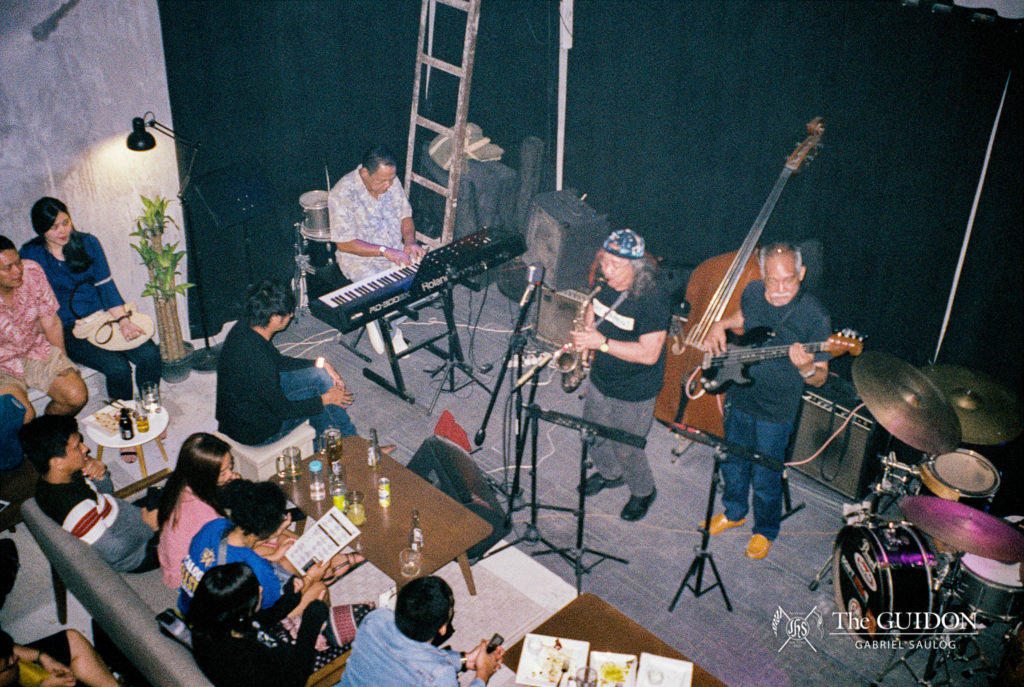
For newer audiences, Tago serves as the place where they can listen and fully immerse themselves into jazz music. Gonzales says that whilst the new crowd exposes themselves to some of the local jazz talents, he hopes that it can inspire them with the mindset that they too, can do the same. “They are able to manifest their creativity and the audience can get to witness and become enamored more with jazz and the artists,” Gonzales says. With the plan of local workshops and lessons on Tago’s radar, Gonzales hopes that these programs could encourage younger audiences to keep jazz alive for many years after.
As jazz today is a rare presence in Metro Manila, both Tago and Gonzales aim to introduce it to mainstream audiences. In hopes that it may ignite a passion for jazz within locals, Tago opens its doors once more–ready to embrace old and new audiences alike.
Photos by Gabriel Saulog


